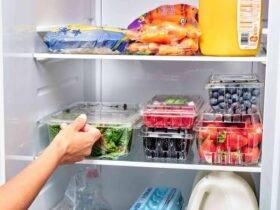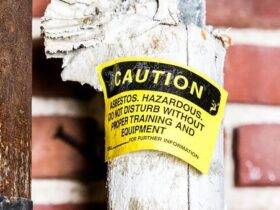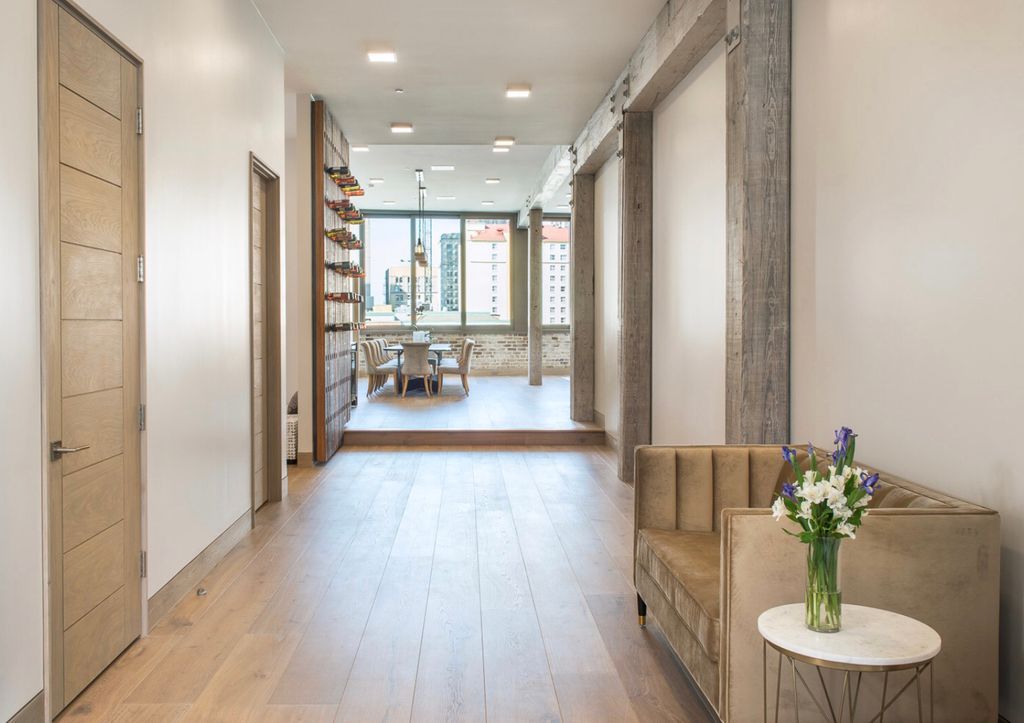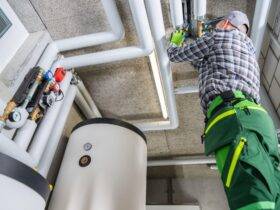Loft conversions are an excellent way to create more living space in a home without the need for additional land or building a new extension. In addition to providing more living space, a loft conversion can also make a household greener by reducing energy consumption and promoting sustainable living. In this article, four ways that a loft conversion can help make a household more environmentally friendly will be examined.
Energy Efficient Insulation
One of the primary ways that a loft conversion can help make a household greener is by installing energy-efficient insulation. Proper insulation can significantly reduce the amount of energy needed to heat and cool a home. There are several types of insulation available, including spray foam, fiberglass, and cellulose. By working with an experienced builder or architect, homeowners can choose the best insulation type for their specific needs, considering factors such as location, climate, and budget.
Sustainable Materials
Another way that a loft conversion can promote sustainable living is by using eco-friendly materials. For example, natural insulation materials such as sheep’s wool, hemp, or cork are available, which offer excellent thermal performance and are biodegradable. By choosing sustainable materials, homeowners can reduce their carbon footprint and make a positive impact on the environment.
Renewable Energy Sources
Another way to make a household greener is to incorporate renewable energy sources into the design of the loft conversion when consulting with a loft renovation company such as Touchstone Lofts – a specialist that operates in Cambridge and other areas. Solar panels, for example, can be installed on the roof of the home to generate clean energy, reducing the need for traditional energy sources. Similarly, a small wind turbine can be installed to generate electricity from wind power. These renewable energy sources can significantly reduce energy bills while promoting sustainable living.
Smart Home Technology
Installing smart home technology in a loft conversion can make a household greener by reducing energy consumption. For example, smart lighting systems can be installed that automatically turn off when a room is empty, reducing energy usage. Smart thermostats can also be used to control the temperature of the home, adjusting to the homeowner’s preferences and schedules. By integrating smart home technology, homeowners can reduce their energy bills and make a positive impact on the environment.
Home Gardening
Another reason why loft conversions can make a household greener is by creating space for home gardening or urban farming. By using the space created by a loft conversion for growing plants and vegetables, homeowners can reduce their carbon footprint and promote sustainable living by producing their food, reducing transportation emissions, and promoting biodiversity.
A loft conversion is an excellent way to create more living space in a home while promoting sustainable living. By incorporating energy-efficient insulation, sustainable materials, renewable energy sources, and smart home technology, homeowners can significantly reduce their carbon footprint and make their households more environmentally friendly. Working with an experienced builder or architect is essential to ensure that the loft conversion design meets the homeowner’s specific needs and budget while promoting sustainable living.


































Leave a Reply